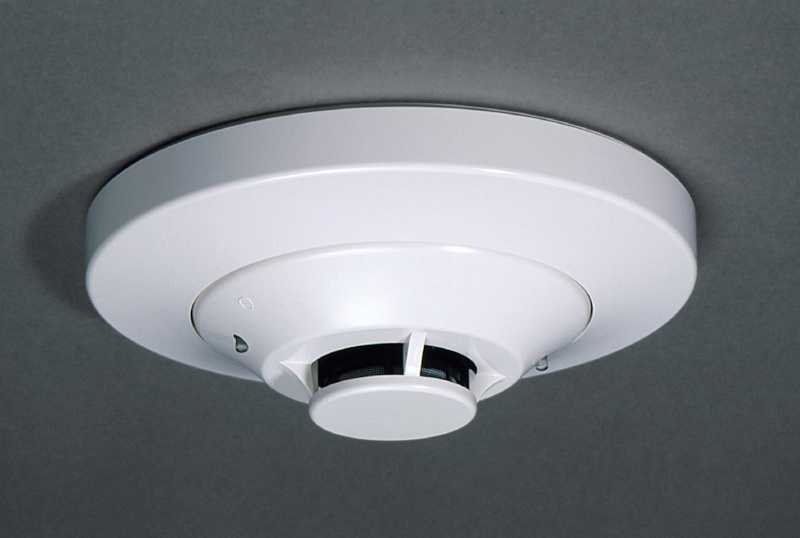These systems use devices that respond to the smoke particles produced by a fire. Spot-type smoke detectors use the photoelectric principle of operation. These systems are intended for early warning of a fire (versus very early warning). Some are designed for installation in ventilation ducts. (See NFPA 72, National Fire Alarm Code.) Properly installed, smoke detectors can detect smoke particles in early stages of fire in the areas where they are located. The selection of a particular detector or mixture of detectors should be made by a fire protection specialist and based on building and fire-load conditions.
The ionization principle of spot smoke detection was popular in the past but because of the challenge in sourcing radioactive material used in these detectors manufacturers have opted to discontinue their manufacture in favor of enhanced-performance photoelectric detectors.
Photoelectric Light-Scattering Spot Smoke Detection. The principle of using a light source and a photosensitive sensor arranged so that the rays from the light source do not normally fall onto the photosensitive sensor. When smoke particles enter the light path, some of the light is scattered by reflection and refraction onto the sensor. The light signal is processed and used to convey an alarm condition when it meets preset criteria.





